Exhibition dates: 26th June – 27th October 2019
Visited September 2019 posted August 2020
Curators: Matthieu Rivallin and Pia Viewing
Entrance to the exhibition L’equilibriste, André Kertész at Jeu de Paume, Château de Tours
Photo: Marcus Bunyan
equilibrist, noun: an acrobat who performs balancing feats, especially a tightrope walker.
Part 1 of a large posting on the exhibition L’equilibriste, André Kertész at Jeu de Paume, Château de Tours, which I saw in Tours in September 2019.
This was the most disappointing of the “grand master” exhibitions that I saw on my European photographic research tour, mainly because the photographs were all modern prints, and there seemed to be a lot of “filler” in the exhibition – namely, reproductions of late book layouts scattered generously throughout the rooms (see installation photographs below).
Having said that, it was still a great joy to see Kertész’s photographs, especially some of the photographs which are hard to find online. Here are images such as Görz, Italy 1915 and Abony 1921 which I have never seen before, together with rare Paris images such as Attelage, Paris 1925; Wooden horse, Paris c. 1926; The Quays after the rain, Paris 1963; Behind Notre-Dame, Paris 1925; Paris 1931; Legs, Paris 1928; Study of lines and shadow 1927 and Saint-Gervais-les-Bains, Savoie 1929 – none of which have been available in a large size online before.
Together with the three intense, brooding, suspended still life (The Fork, Paris 1928; Composition, Paris 1928 and Glasses and Pipe of Mondrian, Paris 1926) and the sublime, modernist Chez Mondrian, Paris 1926, one of the most outstanding photographs in the posting, and one of Kertész’s most famous images, is Burlesque dancer, Paris 1926. The circular tensioning of the image is immaculate. The form of the twisting male torso at left with its upraised right hand leads the eye to the drawing at top centre, which then descends to the framed female form at right which inverts the male form with the right hand of the female now raised. The eye then descends to the reclining dancer, the zig-zag arms and legs perfectly composed, her left hand touching the ground like the Bhumisparsha mudra which symbolises the Buddha’s enlightenment under the bodhi tree, when he summoned the earth goddess (quite apt) … while her left leg completes the circle, pointing towards the twisting legs of the male statue. The split of the male legs are reinforced by those in the female print, and complimented by the exquisite folds of the dancers silky dress, unnoticed until you really look at the print.
I will comment more comprehensively in Part 2 of the posting on Kertész’s Leica-ed world.
Dr Marcus Bunyan
.
All iPhone installation photographs © Marcus Bunyan. Please click on the photographs for a larger version of the image. View Part 2 of the posting.
Exposition “L’équilibriste, André Kertész” au Jeu de Paume, Tours
Entrance to the exhibition L’equilibriste, André Kertész at Jeu de Paume, Château de Tours, with a poster of Rainy Day, Tokyo 1968
Photo: Marcus Bunyan
Entrance text to the exhibition L’equilibriste, André Kertész at Jeu de Paume, Château de Tours
Photo: Marcus Bunyan
Installation view of the exhibition L’equilibriste, André Kertész at Jeu de Paume, Château de Tours with at left top, Friends, Esztergom 1917; at left bottom, Little geese, Esztergom 1918; at second left, Hungarian landscape 1914; at fifth left, Abony 1921; at seventh left, Young Gypsy 1918; at second right, Traveling violinist, Abony 1921 and at far right, Cellist 1916
Photo: Marcus Bunyan
André Kertész (Hungarian, 1894-1985)
Les Amis, Esztergom (installation view)
Friends, Esztergom
1917
Gelatin silver print
Photo: Marcus Bunyan
André Kertész (Hungarian, 1894-1985)
Petites oies, Esztergom (installation view)
Little geese, Esztergom
1918
Gelatin silver print
Photo: Marcus Bunyan
André Kertész (Hungarian, 1894-1985)
Paysage hongrois (installation view)
Hungarian landscape
1914
Gelatin silver print
Photo: Marcus Bunyan
André Kertész (Hungarian, 1894-1985)
Paysage hongrois (installation view)
Hungarian landscape
1914
Gelatin silver print
Photo: Marcus Bunyan
André Kertész (Hungarian, 1894-1985)
Abony (installation view)
1921
Gelatin silver print
Photo: Marcus Bunyan
André Kertész (Hungarian, 1894-1985)
Abony (installation view)
1921
Gelatin silver print
Photo: Marcus Bunyan
André Kertész (Hungarian, 1894-1985)
Jeune Tzigane (installation view)
Young Gypsy
1918
Gelatin silver print
Photo: Marcus Bunyan
André Kertész (Hungarian, 1894-1985)
Violoniste ambulant, Abony
Traveling violinist, Abony
1921
Gelatin silver print
André Kertész (Hungarian, 1894-1985)
Violoncelliste (installation view)
Cellist
1916
Gelatin silver print
Photo: Marcus Bunyan
Installation view of the exhibition L’equilibriste, André Kertész at Jeu de Paume, Château de Tours with at left, Lovers, Budapest 1915
Photo: Marcus Bunyan
André Kertész (Hungarian, 1894-1985)
Hungarian Memories (installation view)
1982
New York, New York Graphic Society / Boston, Little, Brown and Company
Photo: Marcus Bunyan
André Kertész (Hungarian, 1894-1985)
Lovers, Budapest
1915
Gelatin silver print
André Kertész (Hungarian, 1894-1985)
Garçon endormi, Budapest (installation view)
Sleeping boy, Budapest
1912
Gelatin silver print
Photo: Marcus Bunyan
André Kertész (Hungarian, 1894-1985)
Mon frère imitant le “scherzo” (installation view)
My brother as a “Scherzo”
1919
Gelatin silver print
Photo: Marcus Bunyan
André Kertész (Hungarian, 1894-1985)
Mon frère imitant le “scherzo”
My brother as a “Scherzo”
1919
Gelatin silver print
André Kertész (Hungarian, 1894-1985)
Mon frère tel Icare, Dunaharaszti (installation view)
My brother like Icarus, Dunaharaszti
1919
Gelatin silver print
Photo: Marcus Bunyan
André Kertész (Hungarian, 1894-1985)
Mon frère tel Icare, Dunaharaszti (installation view)
My brother like Icarus, Dunaharaszti
1919
Gelatin silver print
Photo: Marcus Bunyan
Text from the exhibition L’equilibriste, André Kertész at Jeu de Paume, Château de Tours
Photo: Marcus Bunyan
André Kertész (Hungarian, 1894-1985)
Hungarian Memories (installation view)
1982
New York, New York Graphic Society
Photo: Marcus Bunyan
Installation view of the exhibition L’equilibriste, André Kertész at Jeu de Paume, Château de Tours with at centre bottom, Görz, Italy 1915, and at far right, Forced march towards the front 1915
Photo: Marcus Bunyan
André Kertész (Hungarian, 1894-1985)
Görz, Italy (installation view)
1915
Gelatin silver print
Photo: Marcus Bunyan
André Kertész (Hungarian, 1894-1985)
Marche forcée vers le front, entre Lonié et Mitulen, Pologne (installation view)
Forced march towards the front, between Lonie and Mitulen, Poland
1915
Gelatin silver print
Photo: Marcus Bunyan
Installation view of the exhibition L’equilibriste, André Kertész at Jeu de Paume, Château de Tours with at left, Meudon 1928 at second right top, Quai d’Orsay, Paris 1926
Photo: Marcus Bunyan
André Kertész (Hungarian, 1894-1985)
Meudon
1928
Gelatin silver print
Text from the exhibition L’equilibriste, André Kertész at Jeu de Paume, Château de Tours
Photo: Marcus Bunyan
André Kertész (Hungarian, 1894-1985)
Quai d’Orsay, Paris
1926
Gelatin silver print
Installation view of the exhibition L’equilibriste, André Kertész at Jeu de Paume, Château de Tours with at left, Attelage, Paris 1925; at second left, 60 years of photography 1912-1972; and at fifth left, Trottoir, Paris 1929
Photo: Marcus Bunyan
André Kertész (Hungarian, 1894-1985)
Attelage, Paris (installation view)
Coupling, Paris
1925
Gelatin silver print
Photo: Marcus Bunyan
André Kertész (Hungarian, 1894-1985)
Soixante ans de photographie (installation view)
60 years of photography
1912-1972
Paris, éditions du Chêne, 1972
Photo: Marcus Bunyan
André Kertész (Hungarian, 1894-1985)
Trottoir, Paris
Sidewalk, Paris
1929
Gelatin silver print
Installation views of the exhibition L’equilibriste, André Kertész at Jeu de Paume, Château de Tours with at second left, Cheval de bois, Paris c. 1926; and at third left, Colette, Paris 1930. In the display cabinet is Marquette originale du livre non publié ‘Paris Automne’ December 1963
Photo: Marcus Bunyan
André Kertész (Hungarian, 1894-1985)
Marquette originale du livre non publié ‘Paris Automne’ (installation view)
Original maquette from the unpublished book ‘Paris Automne’
December 1963
Collection Médiathèque de l’architecture et du patrimoine
Photo: Marcus Bunyan
André Kertész (Hungarian, 1894-1985)
Cheval de bois, Paris (installation view)
Wooden horse, Paris
c. 1926
Gelatin silver print
Photo: Marcus Bunyan
André Kertész (Hungarian, 1894-1985)
Colette, Paris
1930
Gelatin silver print
This summer at the Jeu de Paume Château de Tours, the retrospective exhibition The equilibrist, André Kertész: 1912-1982 is dedicated to the great Hungarian naturalised American photographer (1894-1985). His work was in tune with his life and his feelings: from his beginnings in Hungary to the development of his talent in France, from his years of isolation in New York to his international recognition.
A major player in the Parisian artistic scene during the interwar period, André Kertész, whose career spanned more than seventy years, is today recognised as one of the most influential photographers of the 20th century. His abundant work, with compositions marked by the European avant-garde – especially from Eastern Europe – finds its source in his Hungarian culture, which combines poetry and intimacy.
His beginnings in his native country are an important step for this autodidact whose realistic approach differs from the pictorial-influenced fine art photography dear to the Hungarian photographers of his generation. Enlisted in the Austro-Hungarian army during the First World War, he depicts the daily life of soldiers and develops a poetry of the moment, far from heroic or dramatic acts of arms. After the war, he tried to make photography his profession.
In October 1925, he landed in Paris where he frequented avant-garde literary and artistic circles and photographed his friends from the Hungarian diaspora, the street scenes and the Parisian gardens. In France as in Germany, the press, in particular the magazine VU, orders reports and illustrations from him. From 1927, he had a personal exhibition at the Au Sacre du Printemps gallery. In 1933, he produced his famous series of Distortions which shows naked bodies reflected in a distorting mirror. This intense activity led him to design his own books; over the course of his life, he published nineteen of them, including Paris vu par André Kertész (1934).
In 1936, Kertész left for New York to honour a contract with the Keystone agency. However, he struggles to find his place in the face of sponsors with requests far removed from his Parisian years. A few exhibitions as well as the publication of Day of Paris (1945) were not enough to establish him as one of the main representatives of avant-garde photography in the United States. From 1963, the largest museums offered him the opportunity to exhibit his images. This recognition is accompanied by the publication of numerous books which allow him to review his work.
Produced from the collection of negatives and contact prints bequeathed by the photographer to France in 1984, The equilibrist, André Kertész is the fruit of the joint work of the Mediatheque of Architecture and Heritage, which preserves these archives today, and the Jeu de Paume. Consisting of around a hundred modern silver prints made in 1995 by Yvon Le Marlec, the shooter with whom Kertész collaborated in Paris, this exhibition revolves around the major books that the latter published during his lifetime. Through prints, original models and reproductions of pages from her works, she traces the close relationship that Kertész has forged throughout her life between her photographic and editorial practices, composing a visual narration that describes the interwar period in Europe and nearly fifty years in the United States.
Text from the Jeu de Paume website
André Kertész (Hungarian, 1894-1985)
Les Quais après la pluie, Paris (installation view)
The Quays after the rain, Paris
1963
Gelatin silver print
Photo: Marcus Bunyan
André Kertész (Hungarian, 1894-1985)
Les Quais après la pluie, Paris (installation view)
The Quays after the rain, Paris
1963
Gelatin silver print
Photo: Marcus Bunyan
André Kertész (Hungarian, 1894-1985)
Derrière Notre-Dame, Paris (installation view)
Behind Notre-Dame, Paris
1925
Gelatin silver print
Photo: Marcus Bunyan
André Kertész (Hungarian, 1894-1985)
Derrière Notre-Dame, Paris (installation view)
Behind Notre-Dame, Paris
1925
Gelatin silver print
Photo: Marcus Bunyan
André Kertész (Hungarian, 1894-1985)
La Tour Eiffel, Paris (installation view)
Eiffel Tower, Paris
1929
Gelatin silver print
Photo: Marcus Bunyan
André Kertész (Hungarian, 1894-1985)
Le pont des arts, Paris
The bridge of Arts, Paris
1932
Gelatin silver print
Installation views of the exhibition L’equilibriste, André Kertész at Jeu de Paume, Château de Tours with at left, Touraine 1930; at right top, Paris 1931; and at right bottom, Carrefour, Blois 1930
Photo: Marcus Bunyan
André Kertész (Hungarian, 1894-1985)
Touraine (installation view)
1930
Gelatin silver print
Photo: Marcus Bunyan
André Kertész (Hungarian, 1894-1985)
Paris
1931
Gelatin silver print
Photo: Marcus Bunyan
André Kertész (Hungarian, 1894-1985)
Carrefour, Blois (installation view)
1930
Gelatin silver print
Photo: Marcus Bunyan
André Kertész (Hungarian, 1894-1985)
Carrefour, Blois
1930
Gelatin silver print
Installation view of the exhibition L’equilibriste, André Kertész at Jeu de Paume, Château de Tours with at left, La Fourchette, Paris 1928; at second left, Composition, Paris 1928; at second right, Les Lunettes et la Pipe de Mondrian, Paris 1926; and at right, Burlesque dancer, Paris 1926
Photo: Marcus Bunyan
André Kertész (Hungarian, 1894-1985)
La Fourchette, Paris (installation view)
The Fork, Paris
1928
Gelatin silver print
Photo: Marcus Bunyan
André Kertész (Hungarian, 1894-1985)
La Fourchette, Paris (installation view)
The Fork, Paris
1928
Gelatin silver print
Photo: Marcus Bunyan
André Kertész (Hungarian, 1894-1985)
Composition, Paris (installation view)
Les Mains de Paul Arma (The Hands of Paul Arma)
1928
Gelatin silver print
Photo: Marcus Bunyan
André Kertész (Hungarian, 1894-1985)
Composition, Paris (installation view)
Les Mains de Paul Arma (The Hands of Paul Arma)
1928
Gelatin silver print
Photo: Marcus Bunyan
André Kertész (Hungarian, 1894-1985)
Composition, Paris
Les Mains de Paul Arma (The Hands of Paul Arma)
1928
Gelatin silver print
André Kertész (Hungarian, 1894-1985)
Les Lunettes et la Pipe de Mondrian, Paris (installation view)
Glasses and Pipe of Mondrian, Paris
1926
Gelatin silver print
André Kertész (Hungarian, 1894-1985)
Les Lunettes et la Pipe de Mondrian, Paris
Glasses and Pipe of Mondrian, Paris
1926
Gelatin silver print
André Kertész (Hungarian, 1894-1985)
Danseuse burlesque, Paris (installation view)
Burlesque dancer, Paris
1926
Gelatin silver print
André Kertész (Hungarian, 1894-1985)
Danseuse burlesque, Paris
Burlesque dancer, Paris
1926
Gelatin silver print
Installation view of the exhibition L’equilibriste, André Kertész at Jeu de Paume, Château de Tours with at left, Legs, Paris 1928; at third left, Fun fair, Paris 1931; and at right, Latin Quarter, Paris 1926
Photo: Marcus Bunyan
André Kertész (Hungarian, 1894-1985)
Jambes, Paris (installation view)
Legs, Paris
1928
Gelatin silver print
Photo: Marcus Bunyan
André Kertész (Hungarian, 1894-1985)
Soixante ans de photographie (installation view)
Sixty years of photography
1912-1972
Paris, éditions du Chêne, 1972
André Kertész (Hungarian, 1894-1985)
Fête foraine, Paris
Fun fair, Paris
1931
Gelatin silver print
Photo: Marcus Bunyan
André Kertész (Hungarian, 1894-1985)
Quartier Latin, Paris
Latin Quarter, Paris
1926
Gelatin silver print
André Kertész (Hungarian, 1894-1985)
Chez Mondrian, Paris (installation views)
1926
Gelatin silver print
Photos: Marcus Bunyan
André Kertész (Hungarian, 1894-1985)
Chez Mondrian, Paris
1926
Gelatin silver print
“I went to [Piet Mondrian’s] studio and instinctively tried to capture in my photographs the spirit of his paintings. He simplified, simplified, simplified. The studio with its symmetry dictated the composition. He has a vase with a flower, but the flower was artificial. It was coloured by him to match the studio.” ~ André Kertész
Decades after this photograph was made, André Kertész recalled the circumstances surrounding its creation. The composition is neatly divided in half: on the left is the intimate interior of the room in which Kertész stood, showing Mondrian’s straw boater on a peg and a table with the flower mentioned above. The vase perches precariously near the edge of the table, as if Kertész moved it to include it in the photographic frame. On the right, seen through a doorway, the curving banister and stairs soften the profusion of right angles and straight lines in the foyer.
Text from the J. Paul Getty website [Online] Cited 27/09/2020
Although Mondrian imposed rigid geometric order on everything in the apartment, Kertész found deviations in the curves of the staircase, vase, and the round boater hat hanging on the rack. (The hat belonged to the photographer’s friend Michel Seuphor, a painter and writer who authored a book on Mondrian, who had accompanied Kertész to the studio.) This photograph has become one of Kertész’s most famous, although it was not published until 1943. It was known previously only through exhibitions, including Kertész’s first exhibition in 1927 at the Parisian gallery Au Sacre du Printemps.
Text from the Art Institute of Chicago website [Online] Cited 27/09/2020
Installation view of the exhibition L’equilibriste, André Kertész at Jeu de Paume, Château de Tours with at second left, Chairs, Champs-Elysées, Paris, 1930; at centre top, Study of lines and shadow 1927; and at right, Peintre d’ombre, Paris 1926
Photo: Marcus Bunyan
André Kertész (Hungarian, 1894-1985)
Chairs, Champs-Élysées, Paris
1929
Gelatin silver print
André Kertész (Hungarian, 1894-1985)
Étude de lignes et d’ombre (installation view)
Study of lines and shadow
1927
Gelatin silver print
André Kertész (Hungarian, 1894-1985)
Saint-Gervais-les-Bains, Savoie (installation view)
1929
Gelatin silver print
Photo: Marcus Bunyan
André Kertész (Hungarian, 1894-1985)
Peintre d’ombre, Paris
Shadow painter, Paris
1926
Gelatin silver print
Photo: Marcus Bunyan
Installation view of the exhibition L’equilibriste, André Kertész at Jeu de Paume, Château de Tours
Photo: Marcus Bunyan
Jeu de Paume at the Château de Tours
25 avenue André Malraux, 37000 Tours
Phone: 02 47 70 88 46
Opening hours:
Tuesday – Sunday 2pm – 6pm
Closed on Monday
















































































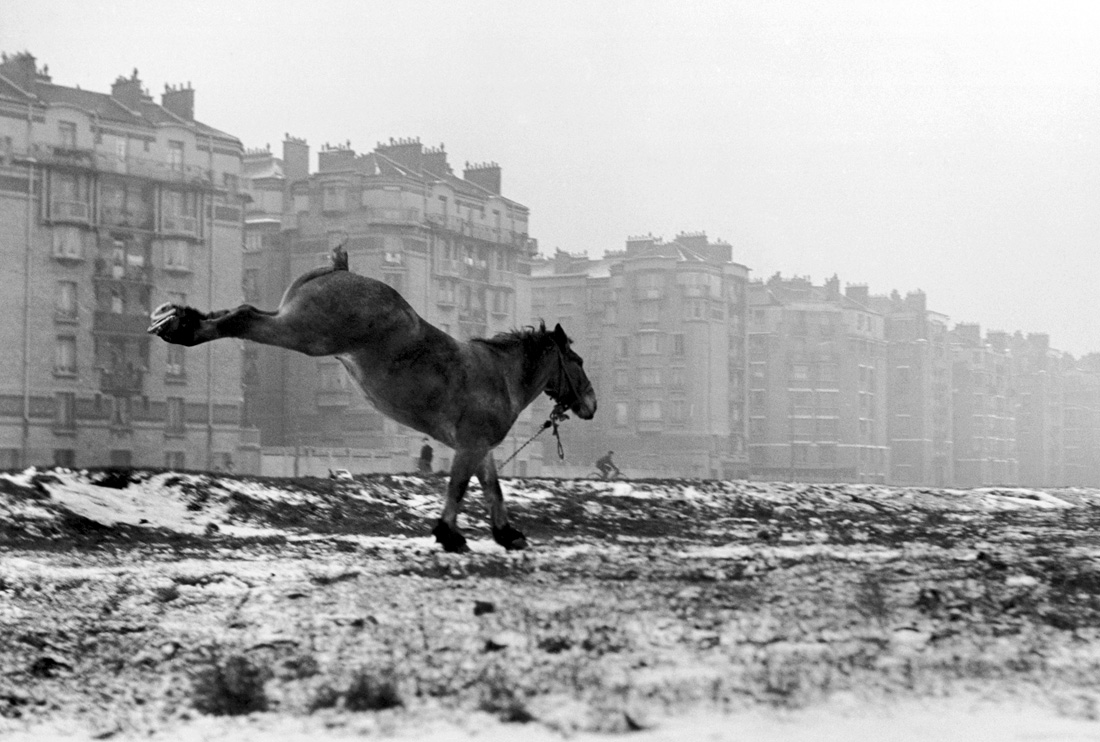

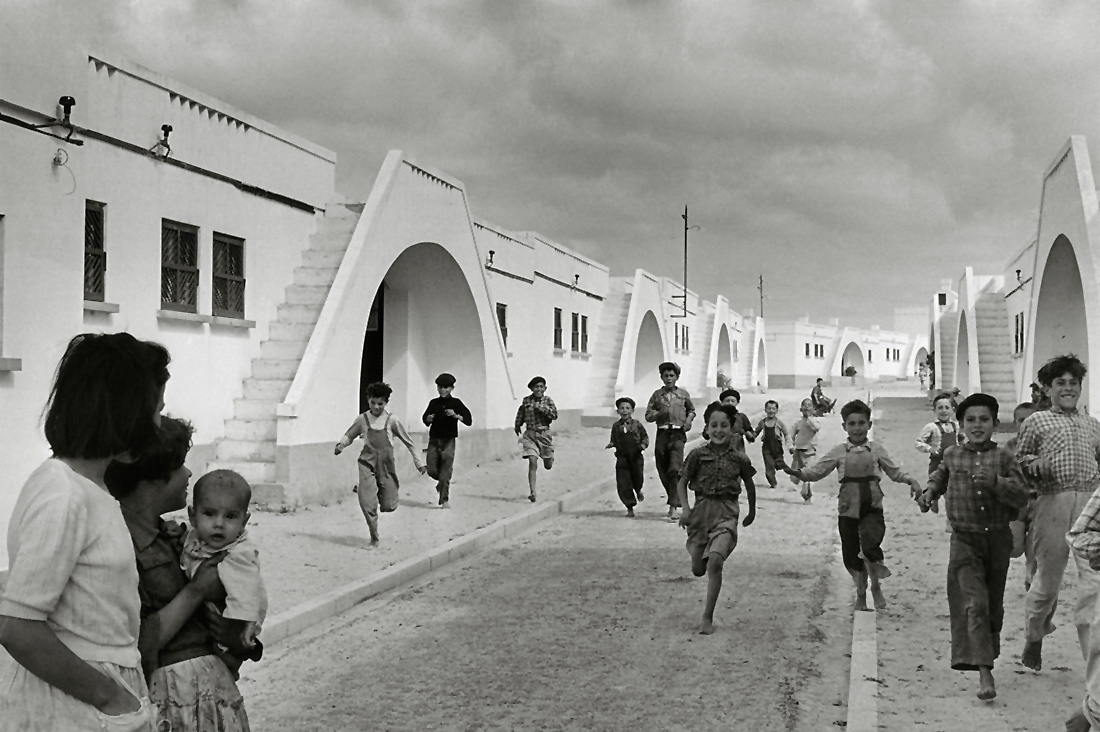
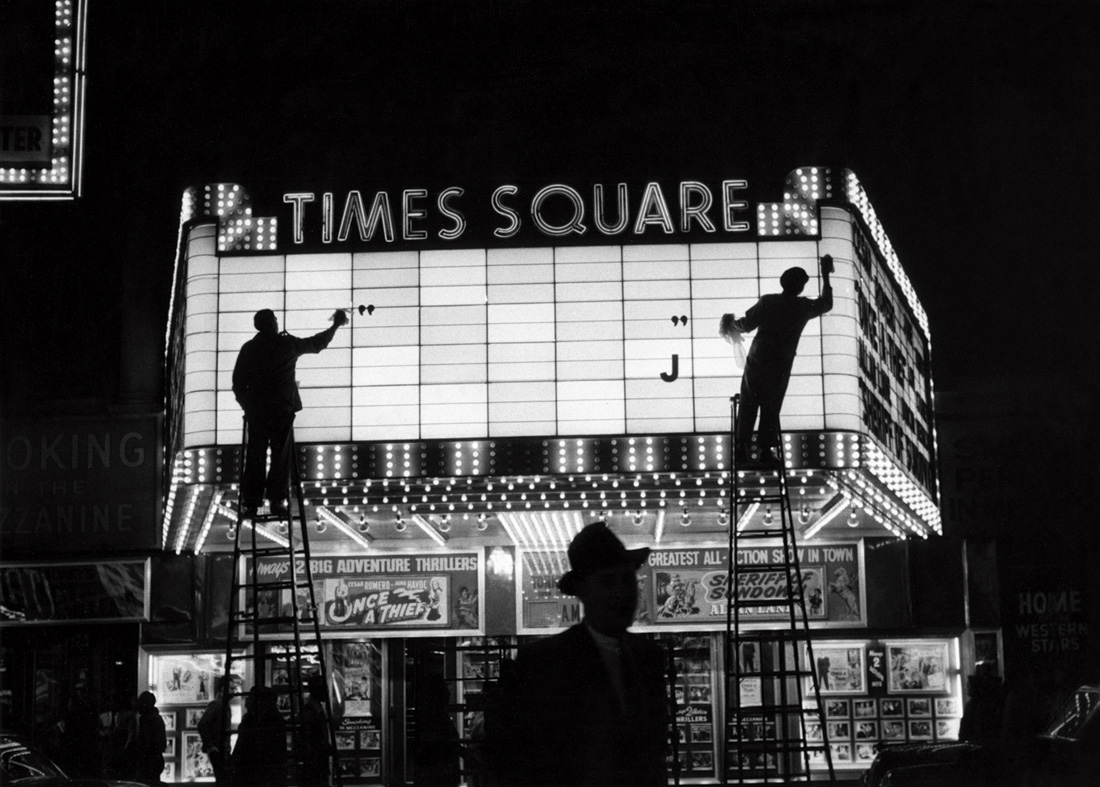


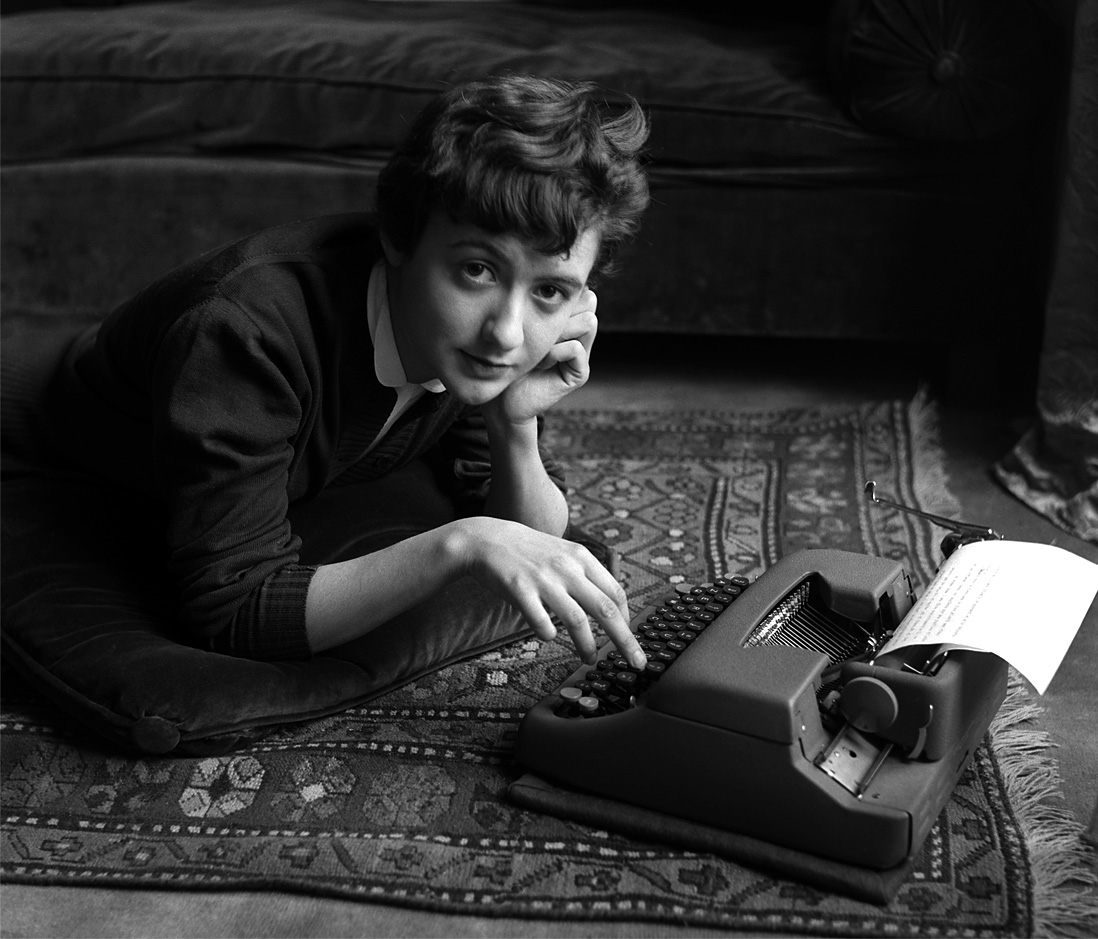










![Sabine Weiss (Swiss-French, 1924-2021) 'Enfants jouant, rue Edmond-Flamand' [Children playing, rue Edmond-Flamand] Paris, 1952 Sabine Weiss (Swiss-French, 1924-2021) 'Enfants jouant, rue Edmond-Flamand' [Children playing, rue Edmond-Flamand] Paris, 1952](https://artblart.com/wp-content/uploads/2016/10/weiss-children-playing-web.jpg?w=650&h=834)




![Sabine Weiss (Swiss-French, 1924-2021) 'Anna Karina pour la marque Korrigan' [Anna Karina for the brand Korrigan] 1958 Sabine Weiss (Swiss-French, 1924-2021) 'Anna Karina pour la marque Korrigan' [Anna Karina for the brand Korrigan] 1958](https://artblart.com/wp-content/uploads/2016/10/weiss-karina-web.jpg?w=650&h=820)



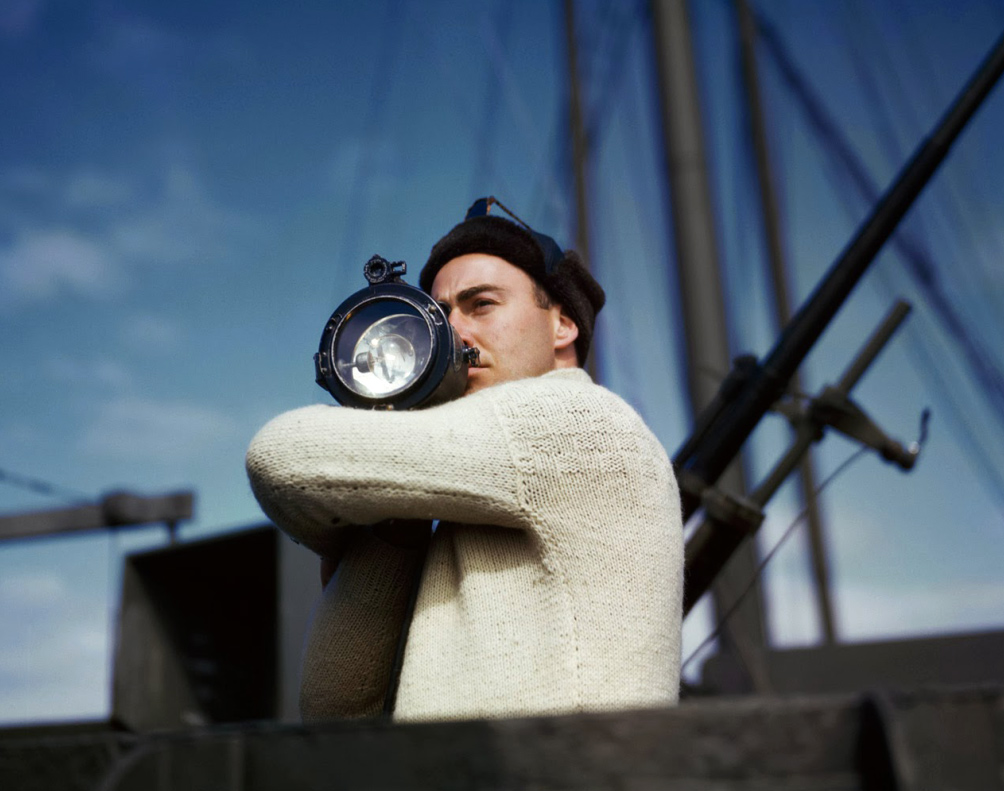




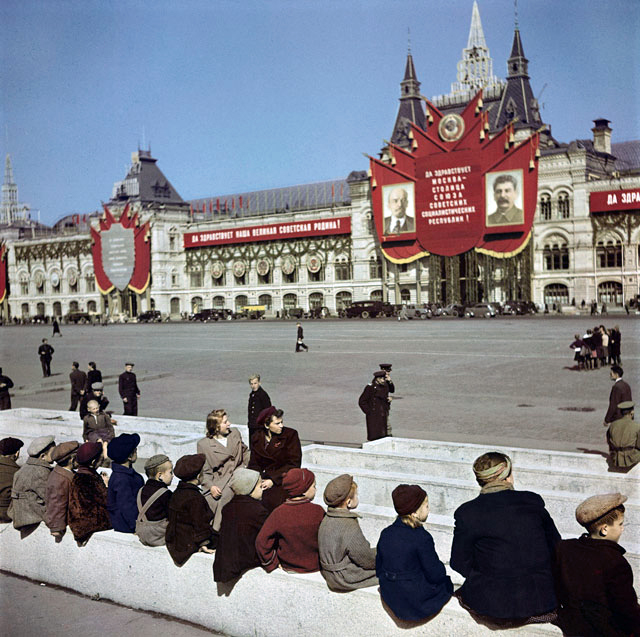



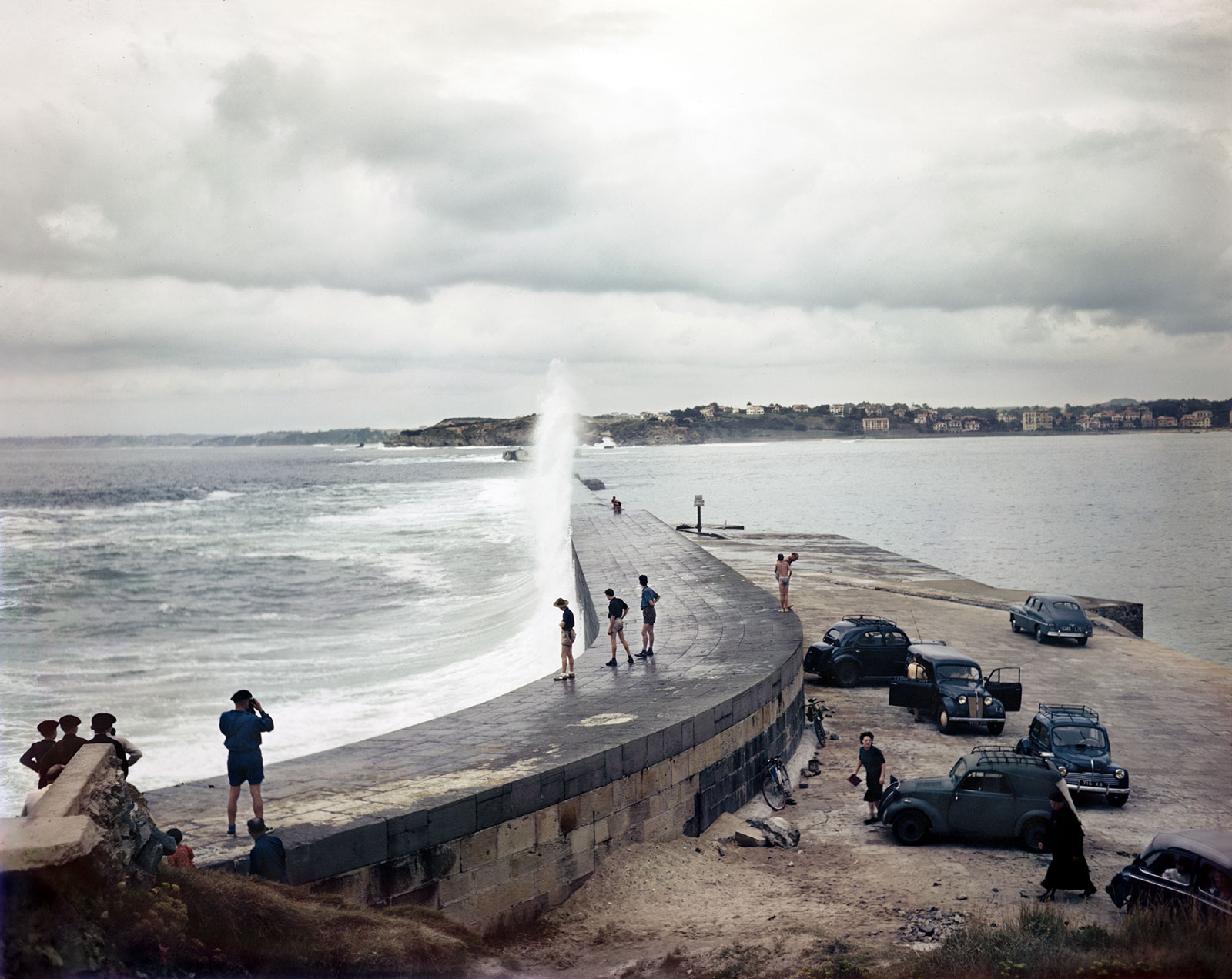









































You must be logged in to post a comment.